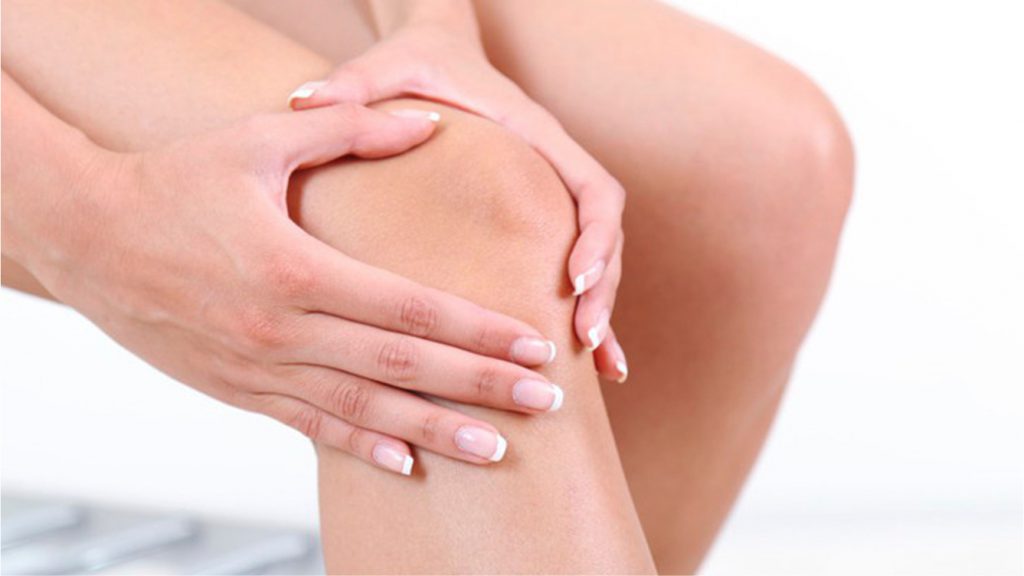
“Patellar tendinitis” refers to an inflammation or injury of the tendon connecting your shinbone to your kneecap. This condition is associated with pain that ranges from mild to severe. Patellar tendinitis is most common among athletes, although it can develop in anyone.
Causes
Patellar tendinitis is caused by overuse of the knee, usually from excessive exercise or participation in competitive sports. This type of physical stress can cause small tears in the tendon that can lead to weakness and inflammation over time. Athletes have the highest risk because of the constant jumping, running, and squatting they perform, activities that put a lot of stress on the tendon. Other risk factors include:
- Obesity
- Shoes that don’t provide enough support.
- Rigid playing surfaces.
- Tight or inflexible leg muscles.
- Misaligned legs, ankles, or feet.
Chronic disease that causes the patellar tendon to become very weak.
Symptoms
Patients typically experience pain or tenderness near the kneecap. There may also be swelling or burning in the knee. People with patellar tendinitis may even notice that their pain worsens when kneeling or standing up from a squatting position. Early on, the pain may be intermittent, but it usually becomes more severe and persistent as damage to the tendon progresses. Eventually, without treatment, most patients find that the condition can interfere with not only sports but also regular daily activities such as walking up or down stairs.
Diagnostic Measures
If you have pain or swelling in your knee that lasts more than a day or two, it’s advisable to see your doctor. When you arrive, be prepared with the information your doctor will need such as your symptoms, what type of physical activity you typically participate in, and any pain relief measures you’ve already tried. Your doctor will perform a physical examination, including testing your range of motion and examining the location of your pain. He or she may also recommend imaging tests such as x-rays or MRIs to check for fractures or other conditions that could be causing your pain.
Treatment
There is a range of treatment options for patellar tendinitis, and treatment should be personalized for the individual patient depending on the severity of their symptoms. The first line of defense typically includes resting, stretching, and exercises designed to strengthen the leg muscles. Your doctor may also recommend pain relievers such as ibuprofen or acetaminophen. Corticosteroid injections can also be effective in relieving pain. Physical therapy can also work to reduce inflammation and pain as well as promoting strength and flexibility. If none of these measures proves successful, surgery may be indicated. Surgery for this condition has a decent success rate, and patients are typically able to return to their normal activities within a few months – even high-level athletes.
Without medical treatment, damage to the tendon may become more severe and may affect your ability to perform even normal daily activities. However, with treatment, many patients can return to normal function and even competitive sports. For the best outcome, it’s essential for patients to stick to their rehab programs and follow the instructions of their healthcare providers. Be sure to seek medical advice if you are experiencing symptoms of patellar tendinitis for the best possible outcome.

